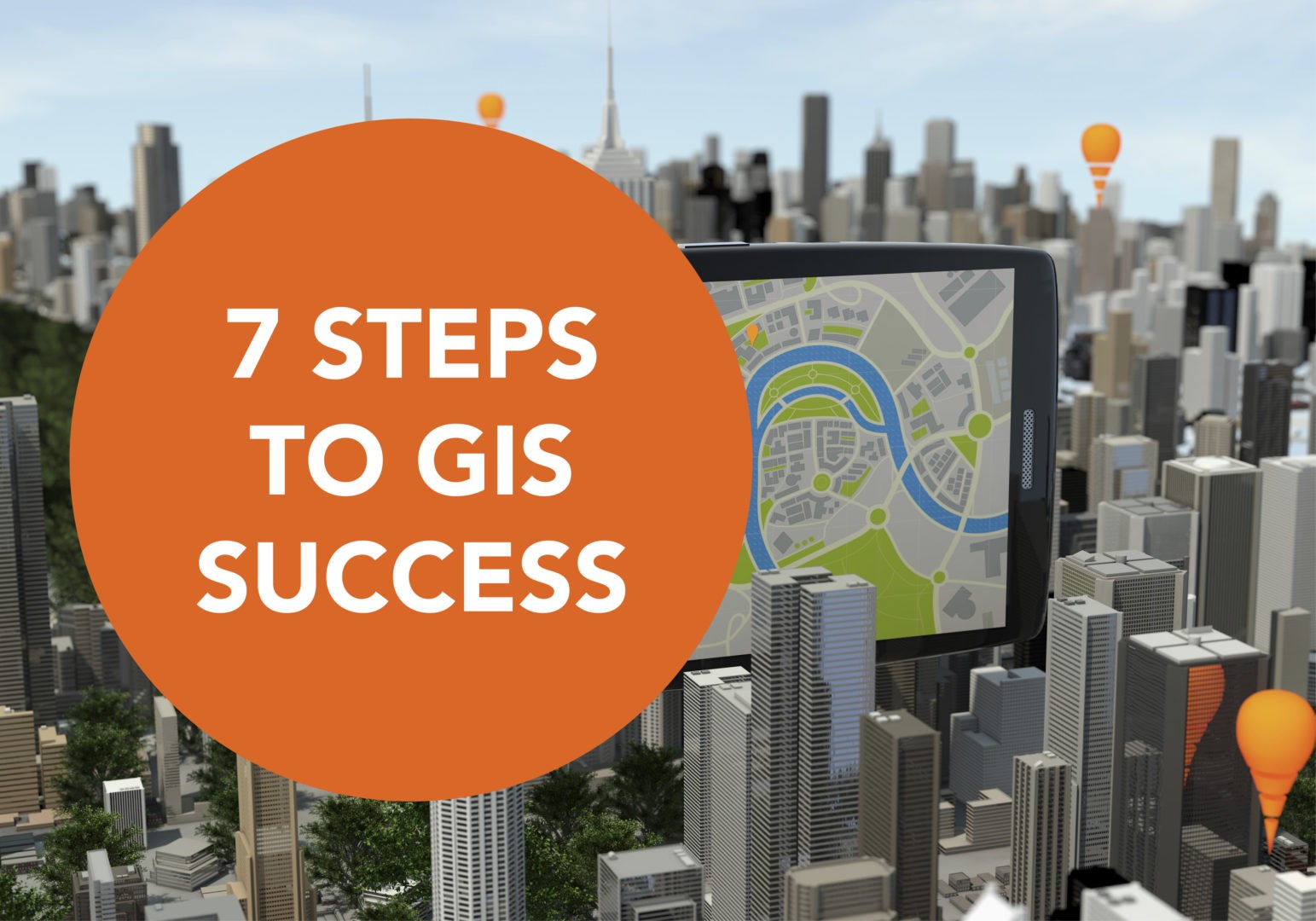Geographic Information System (GIS) technology has been around for decades now, but it is still new a new concept to many who are wondering what use they might have for it. In the simplest terms, a GIS is a digital “smart map” that can instantly display your own information about features on map, perform geographic analysis, and also manage spatial information, databases, and documents in one location. Its possibilities are quite literally endless, and businesses of all shapes and sizes are tailor fitting their own GIS to move closer to achieving their business goals. As many are still considering the move towards implementing a GIS, there are 7 important items to consider before taking the plunge:
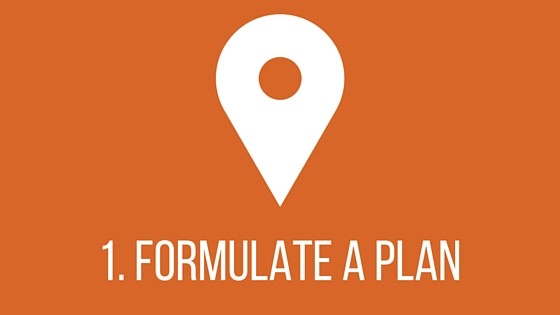
[su_heading size=”18″ align=”left”]1. Formulate a plan[/su_heading]
Planning is the most important aspect of adopting a GIS, and without it, implementation will become disjointed very quickly.
Not sure where to start? Ask yourself this:
- Where are we?
- Where are we trying to go?
- How will we get there? (see step #2)
Basing your plan on these three questions will set you up for success right from the get-go. You will have a roadmap to each step of implementing your GIS, and it will serve as a tool to measure milestones and show progress to stakeholders.
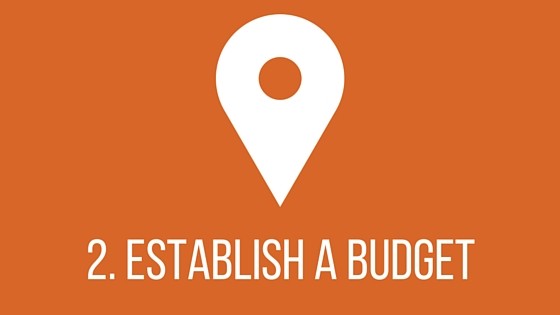
[su_heading size=”18″ align=”left”]2. Establish a budget[/su_heading]
To answer the “how will we get there?” part of your plan, you have to know how much it will cost. I know, I know, money – but there is good news. You do not have to spend large amounts of money all at once. You can spread the cost over a few years, implementing high priority parts of your GIS first, followed by the others in stages. Rolling out a GIS slowly will also help you closely measure the progress being made and money being spent on building a usable GIS prior to project completion.
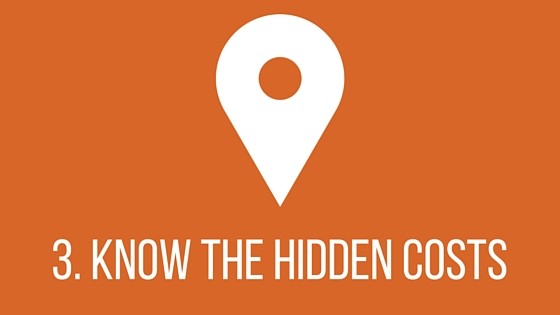
[su_heading size=”18″ align=”left”]3. Know the hidden costs[/su_heading]
“Hidden costs?! Didn’t you just say you don’t have to spend a bunch of money all at once?” Yes, but consider this: it is easy to calculate what it will cost for consultants, computer hardware, and software acquisition, but remember to figure in ongoing data maintenance, annual training, and most of all, annual software maintenance. The latter is often overlooked and can be more significant the people think. Annual maintenance fees are sometimes 20% or more of the original acquisition cost. However, if you choose not to pay the fees, many software providers will not let you “catch up” on fee later on… you will need to repurchase the software, essentially putting you back to square one.
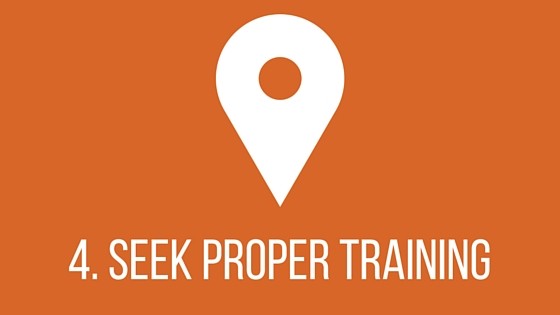
[su_heading size=”18″ align=”left”]4. Seek proper training[/su_heading]
Too often GIS is implemented and the end-users are not properly trained. When this is the case, the GIS will eventually become a struggle, underutilized, and be brushed off as poor use of resources. Don’t let this happen! Training needs to be tailored to the specific needs of the users and may require different levels of training. As an example, the GIS Specialist will need a completely different level of training than the end-user without any formal GIS education. Remember, training is ongoing over the years. Technology is constantly changing and updates to training should reflect this.
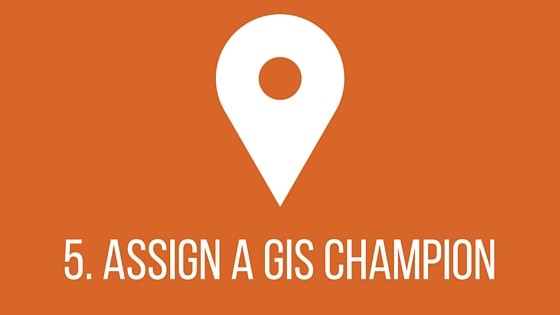
[su_heading size=”18″ align=”left”]5. Assign a “GIS Champion”[/su_heading]
One person who is the driving force to implementing the GIS should be identified from the start. While this person does not necessarily have to be formally trained in GIS, they should have background knowledge and know the benefits of GIS. Without your very own “GIS Champion”, you will lack someone with passion for GIS which will leave you without someone taking ownership of its implementation, use, and ultimate success. This person will also become an internal communication and marketing tool for expanding the GIS user base.
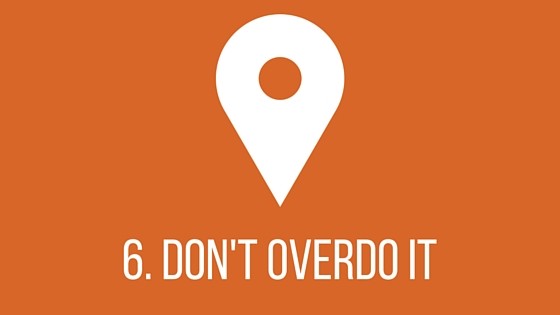
[su_heading size=”18″ align=”left”]6. Don’t overdo it[/su_heading]
GIS is a tool in the toolbox to help others solve spatial challenges, manage data, and present findings in a more efficient manner, and is often promised to be more than it is or something that it is not. Establish realistic expectations of your new GIS during the planning process.
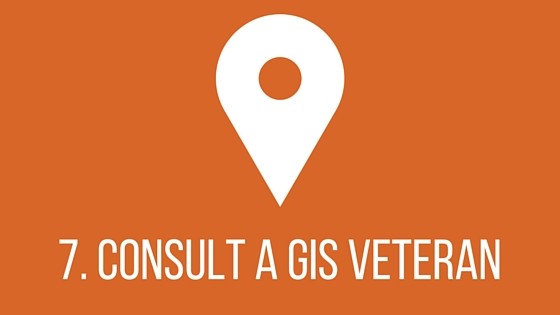
[su_heading size=”18″ align=”left”]7. Consult a seasoned GIS veteran[/su_heading]
To hire and expert to help you plan and implement your GIS is not to admit defeat. Trying to this solo can be overwhelming, too much for one person, and can potentially lead to negative results. Grow your GIS network by attending conferences and building relationship with GIS professionals that will almost always be willing to lend a hand and give advice – it will go a long way!

